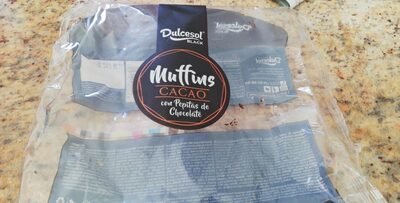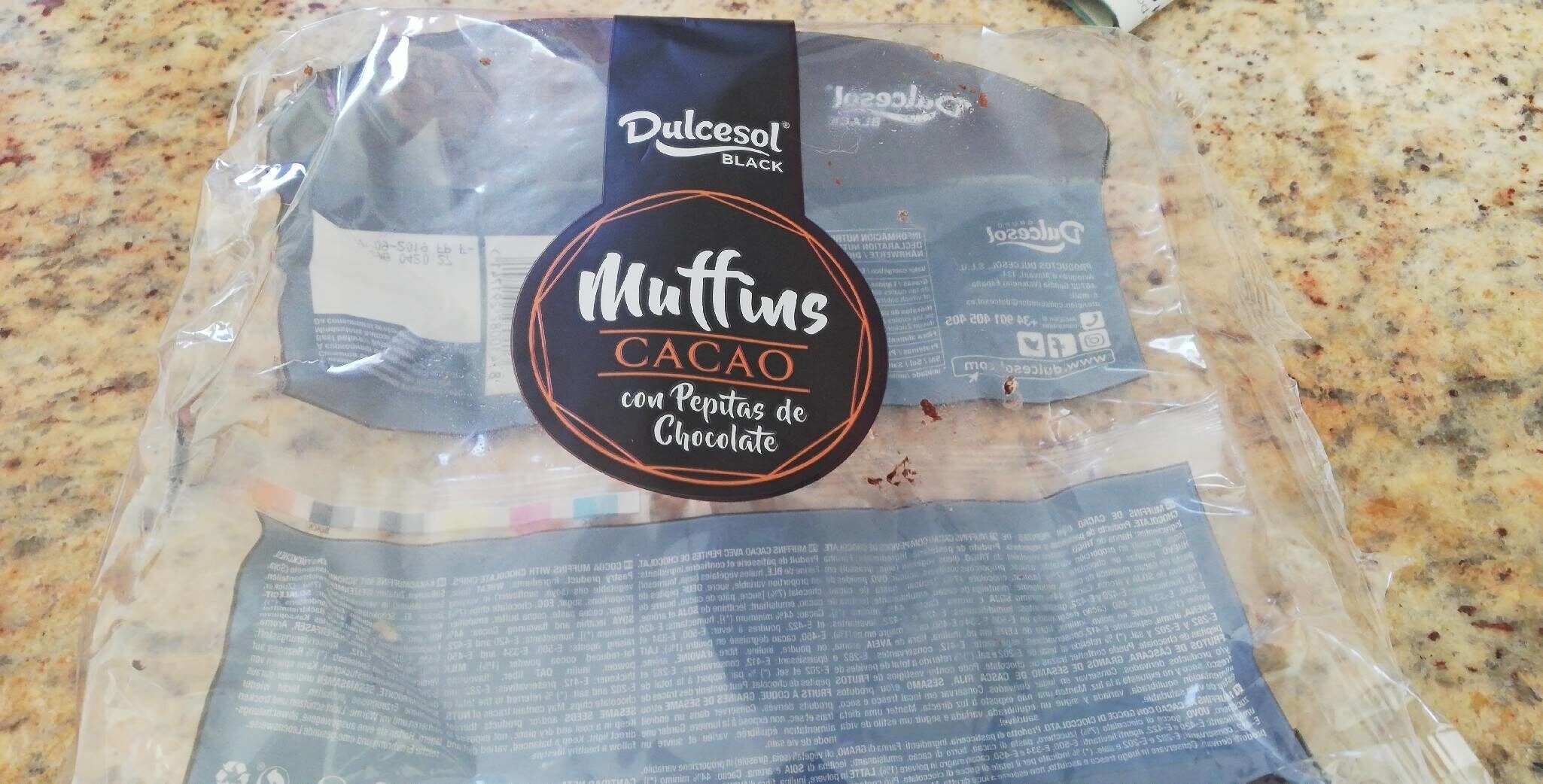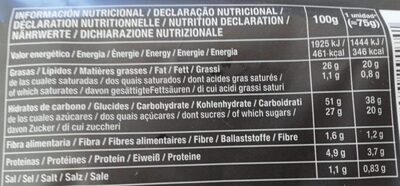Muffins cacao con pepitas de chocolate - Dulcesol
Aquesta pàgina del producte no està completa. Podeu ajudar a completar-la editant-la i afegint-hi més dades a partir de les fotos ja disponibles, o fent-ne més amb l'aplicació de androide o iPhone / iPad. Gràcies!
×
Codi de barres: 8410087291741 (EAN / EAN-13)
Marques: Dulcesol, Dulcesol Black
Categories: Snacks, Aperitius dolços, Galetes i pastissos, Pastís, en:Muffins
Països on es va vendre: Espanya
Matching with your preferences
Entorn
Empaquetament
Transport
Report a problem
Fonts de dades
Producte afegit per elcoco
Última modificació de la pàgina del producte per tasja.
La pàgina del producte, també editada per kiliweb, thaialagata, yuka.ZTY4UkUvczl0UHc2djh4djR6L2YxTmhONkw2dWJXYVJkUEVUSVE9PQ.
Si les dades són incorrectes o incompletes, pot completar o corregir editant aquesta pàgina.









